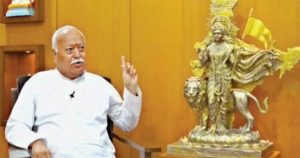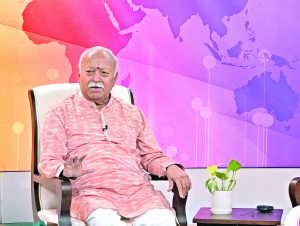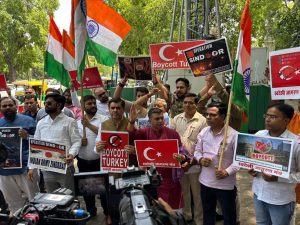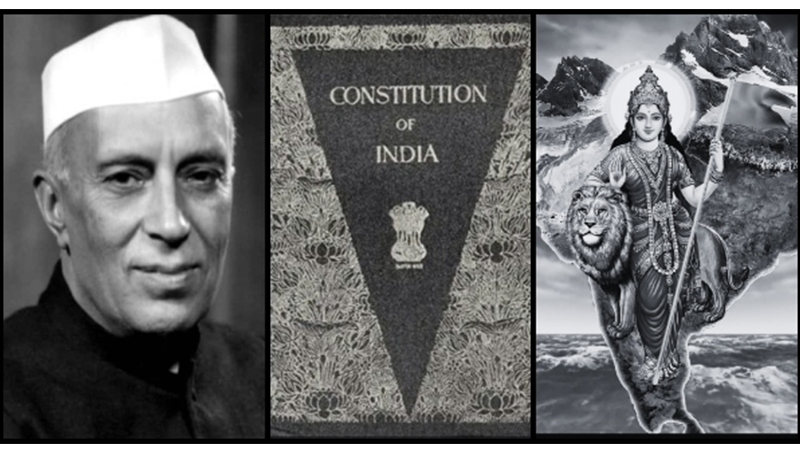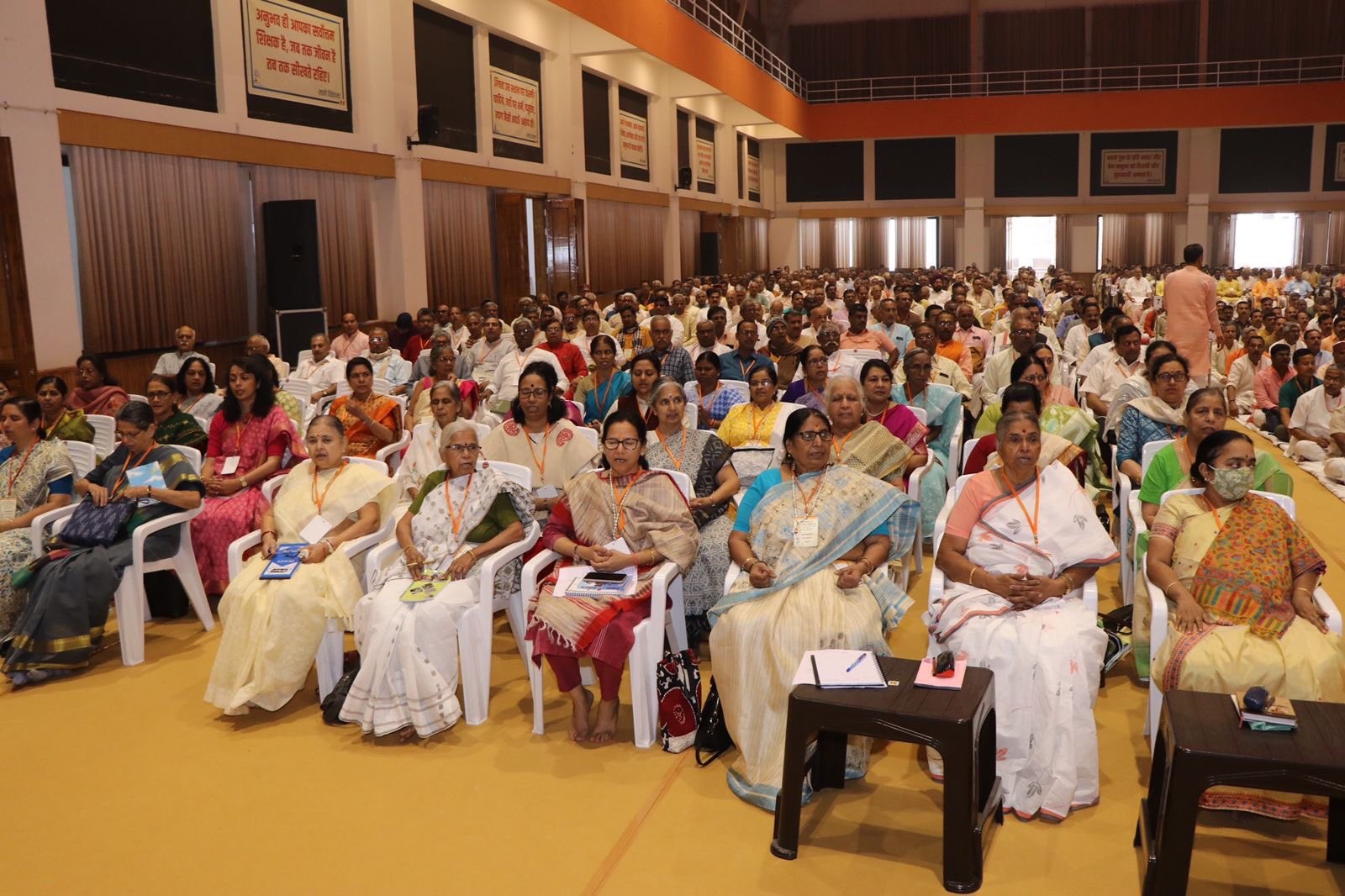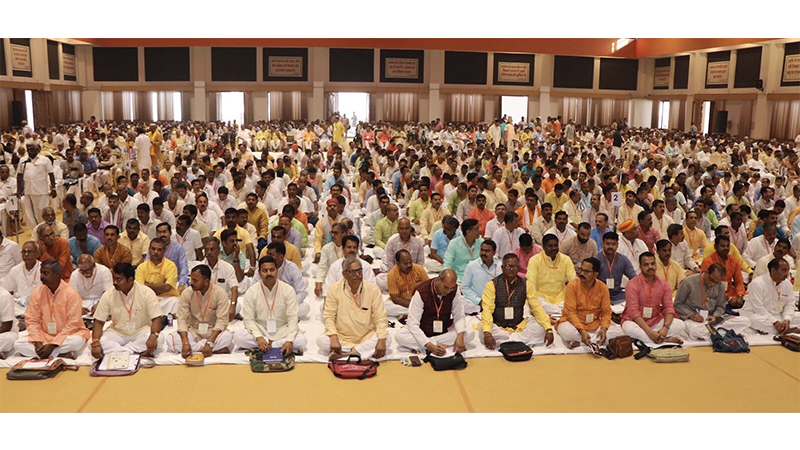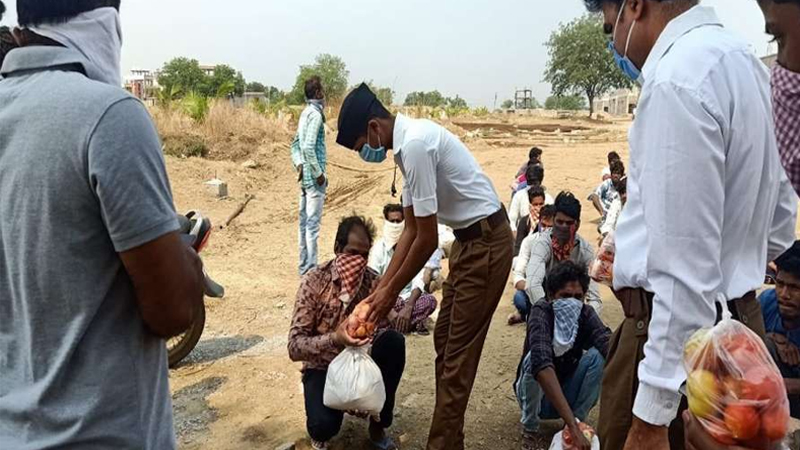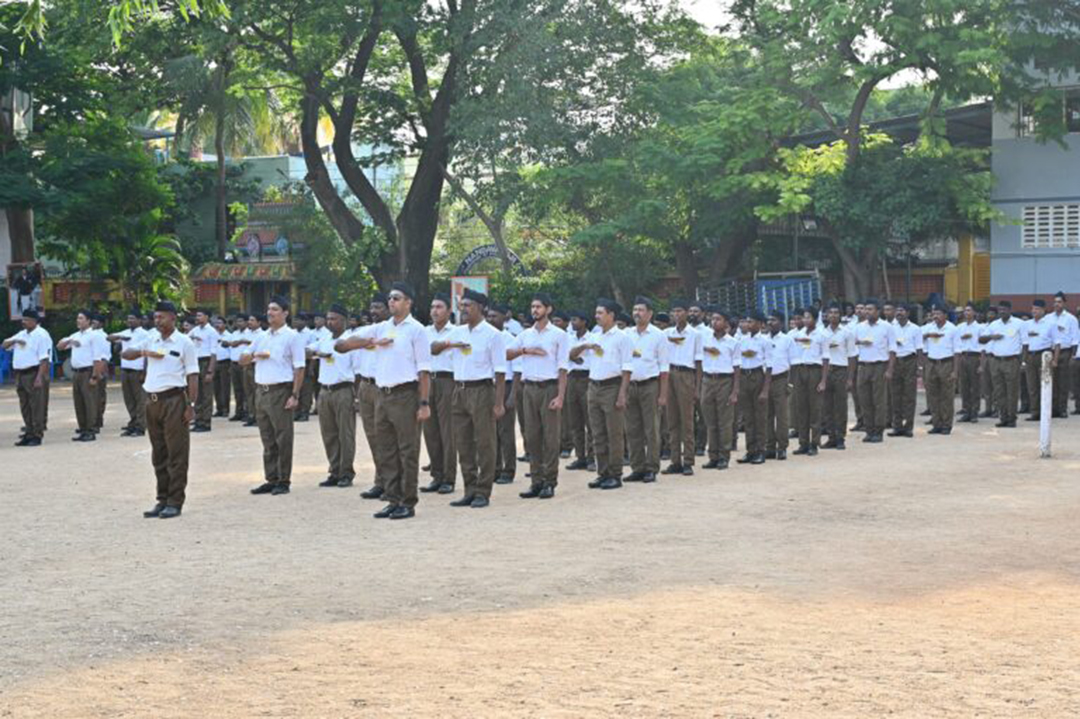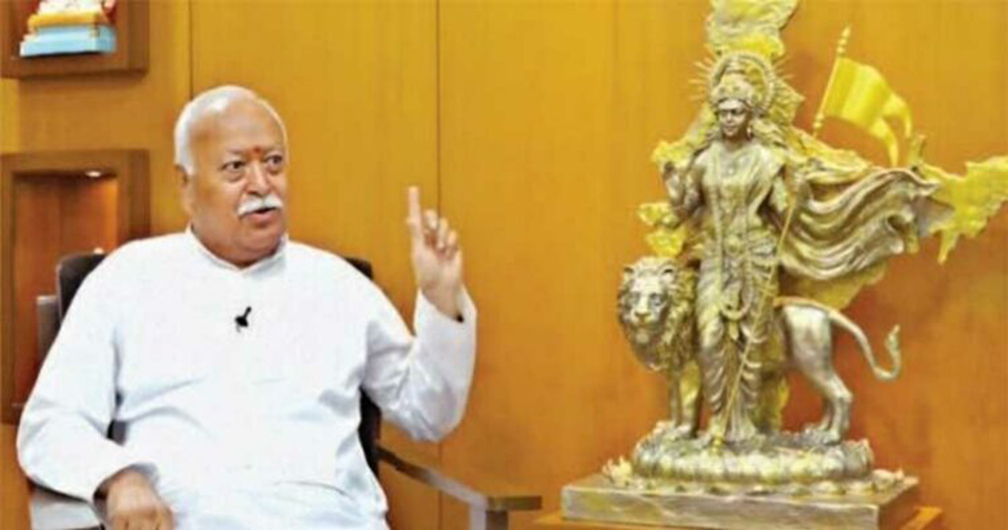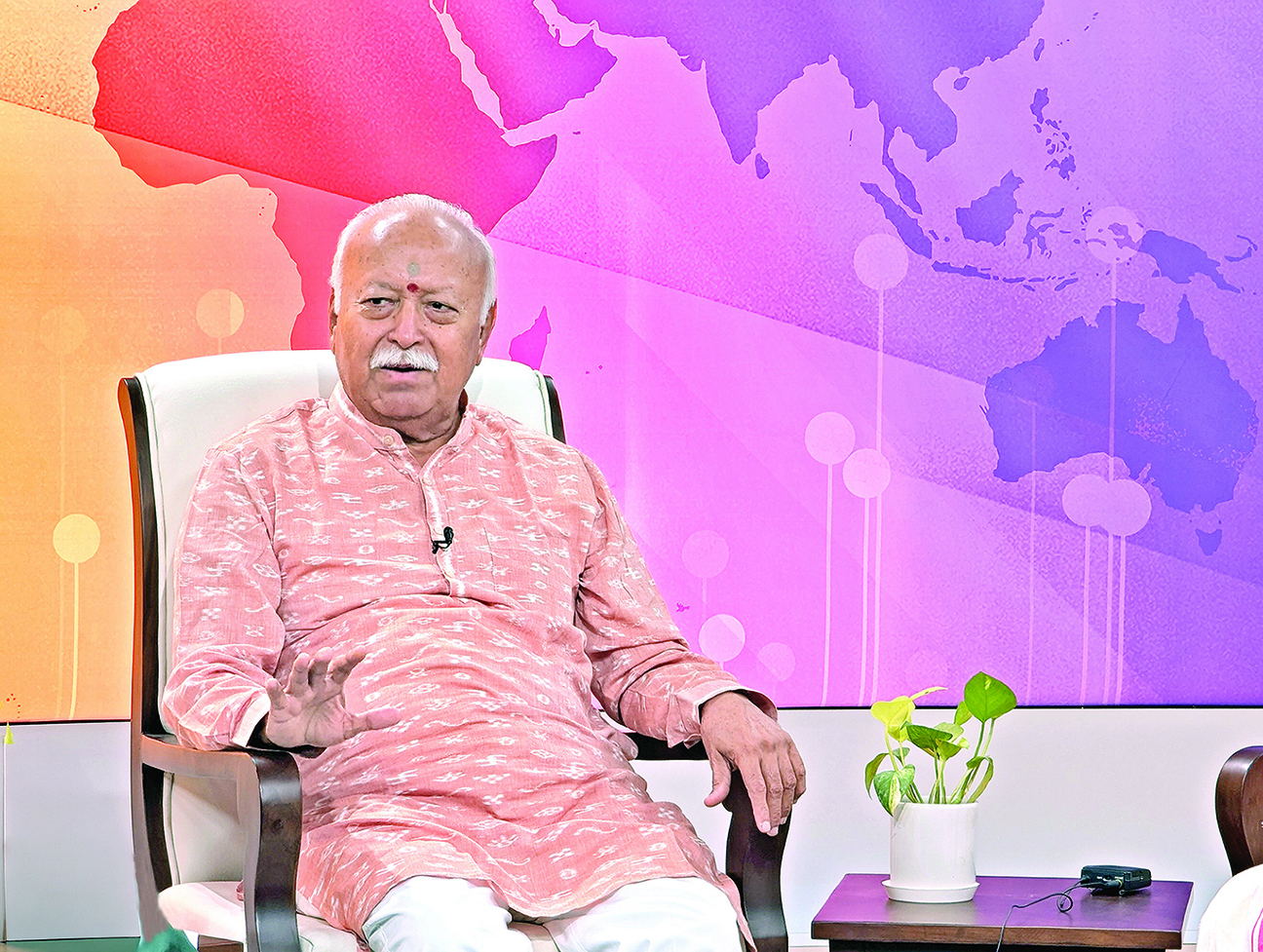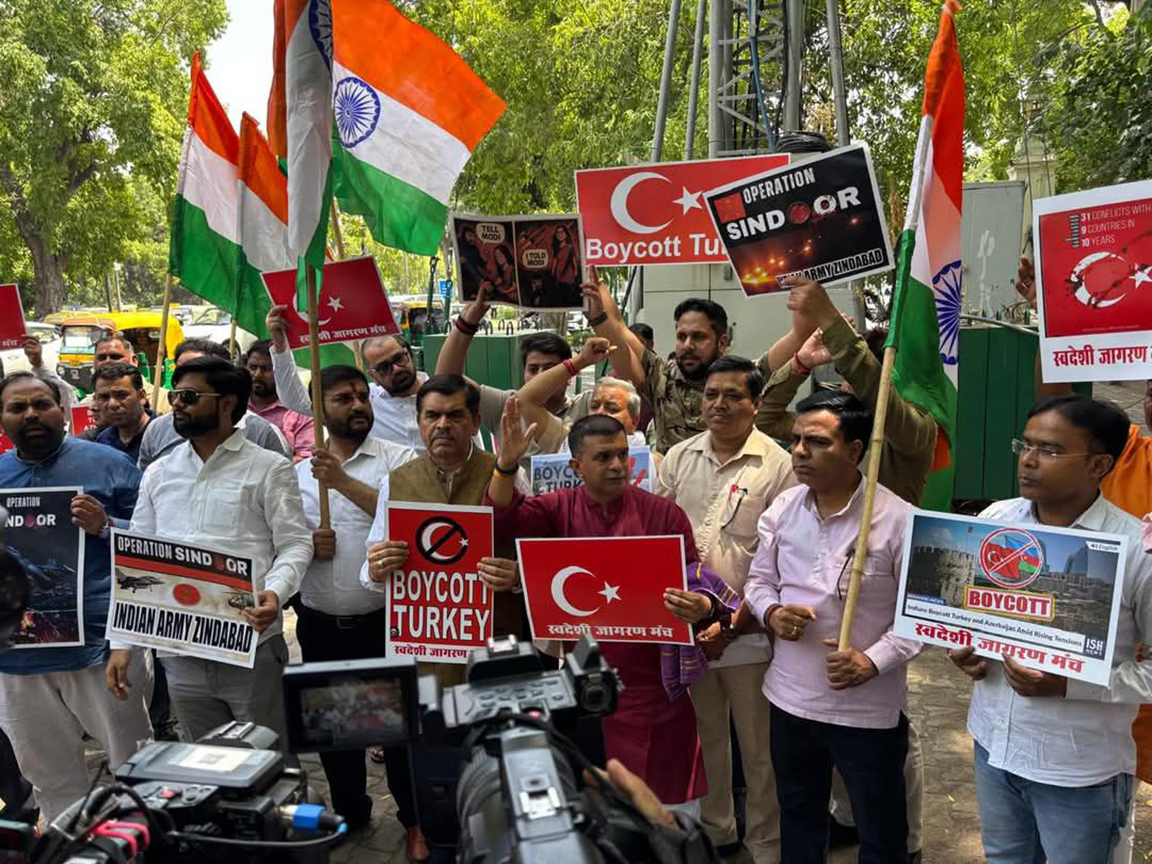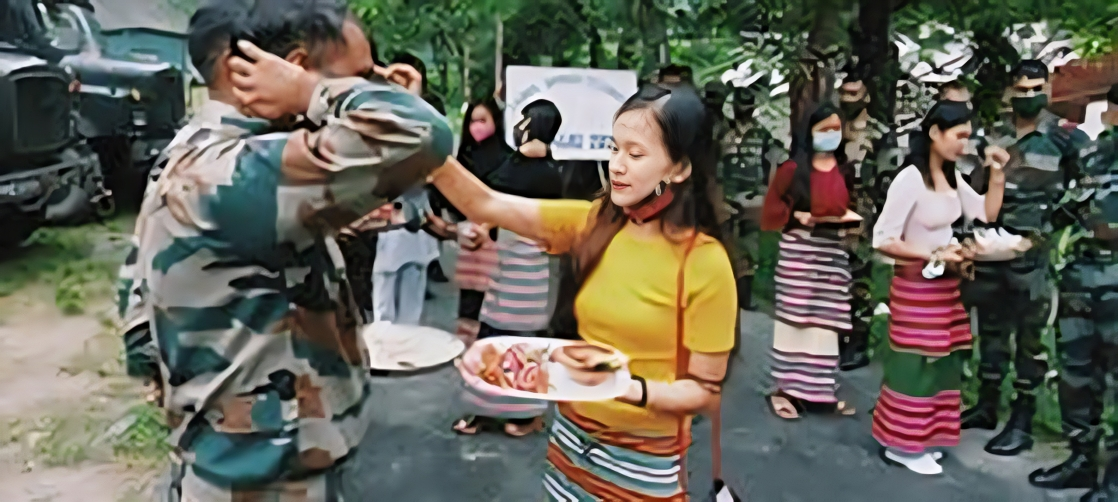Linking RSS with Mahatma Gandhi’s assassination is a tale of lies and political vendetta
Updated: February 1, 2025 12:08
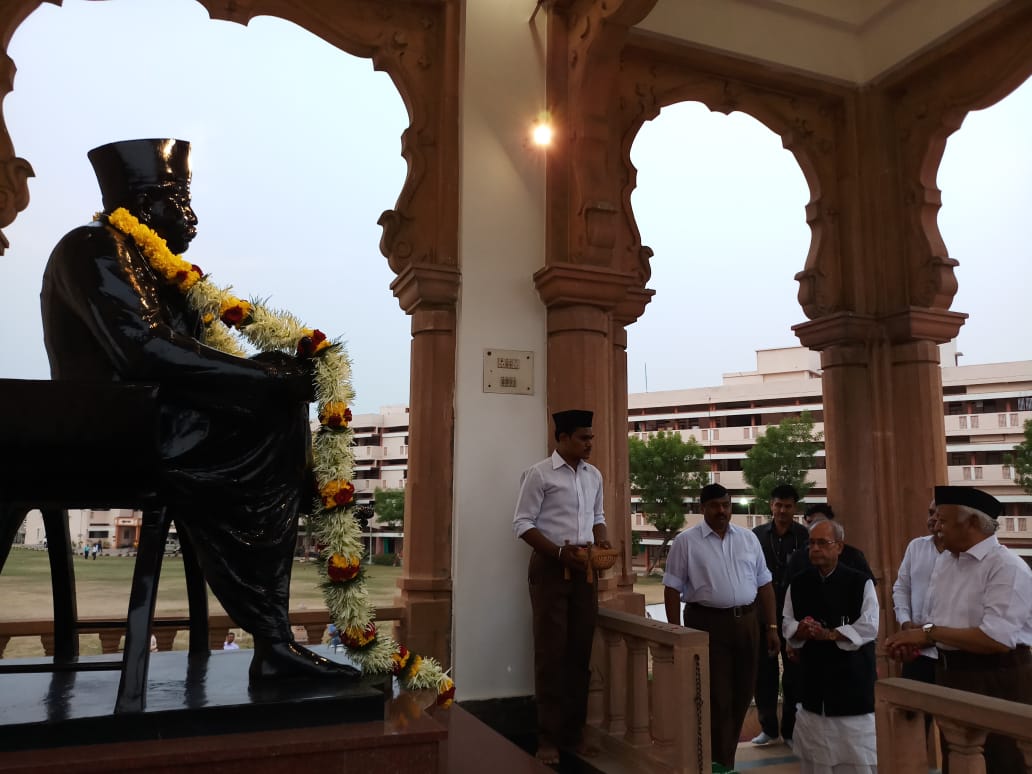
On January 30, 1948, Mahatma Gandhi was assassinated in New Delhi. The events that followed smacked of political vendetta against the Rashtriya Swayamsevak Sangh (RSS). MS Golwalkar, the second Sarsanghchalak of the RSS, was in Chennai on the day Mahatma was assassinated. He issued instructions to all shakhas to observe a 13-day condolence period in honour of Mahatma Gandhi. Golwalkar flew back to the RSS headquarters in Nagpur on January 31.
Meanwhile, in Delhi, the organisation’s Prant Sanghchalak (head of the Delhi state RSS unit) Lala Hansraj Gupta, and Prant Pracharak(RSS full-timer guiding the Delhi unit) Vasantrao Oke visited Birla Bhavan, where they met several Congress leaders to express their condolences.
A large section of the Congress party was already wary of the growing influence f the RSS especially in the wake of the stellar work done by the organisation during partition saving millions of Hindus and Sikhs and providing support for their relief and rehabilitation. This section of Congress leaders saw this tragedy as an opportunity to demolish RSS.
However, a faction within the Congress saw this as an opportunity to weaken the organization. Golwalkar, widely known as Guruji, was arrested on February 2, and on February 4, the central government issued a notification banning the RSS.
As he was arrested in Nagpur, Golwalkar remarked, “The cloud of suspicion will clear, and we will emerge unblemished. Until then, we must endure hardships with resilience. I firmly believe that Sangh swayamsevaks will successfully overcome this test.”
Dwarika Prasad Mishra, who was the Home Minister of the Central Provinces at the time, later wrote in his autobiography Living in an Era: “It is difficult to deny that Mahatma Gandhi’s assassination provided an opportunity for unscrupulous politicians to malign and, if possible, eliminate their rivals” (Page 59, original English version).
Noted journalist KR Malkani recounted in his book ‘The RSS Story,’ “In 1948, some 17,000 Sangha workers were unjustly detained without trial…Thousands went on fast for weeks because of the treatment meted out to them in jail. While all these excesses were being perpetrated, not one MP nor one MLA anywhere in the country asked one question on the subject. The legislatures were packed with Congressmen and their yes men bent upon crushing the Sangha. Workers, therefore, began to wonder whether Sangha could work in peace in this political jungle and whether a political protective shield was not necessary.” The ban on the RSS was officially lifted on 12 July 1949 as all the charges leveled against the RSS were proved to be a fluke.
Interestingly, despite thousands of arrests, not a single charge sheet was filed against any RSS Swayamsevak(volunteer). In fact, around a month after Mahatma Gandhi’s assassination, the then home minister Sardar Vallabh Bhai Patel wrote to Prime Minister Jawahar Lal Nehru Nehru, stating, “I have kept myself almost in daily touch with the progress of the investigations regarding Bapu’s assassination case. All the main accused have provided extensive and detailed statements about their activities. It is also evident from these statements that the RSS was not involved in the incident at all.”
After the ban on the RSS was lifted, Sardar Patel wrote a letter to the RSS Sarsanghchalak in which he said, “Only those close to me know how happy I was when the ban on the Sangh was lifted. I wish you all the best.”
The ban on the RSS was lifted at midnight on July 11-12, 1949. Golwalkar was released from Baitul prison on July 13 and he immediately travelled back to Nagpur.
During the ban, the government seized the RSS headquarters, Dr. Hedgewar Bhavan, in Nagpur. It was returned to the RSS on July 17, 1949.
The next day, the RSS resumed its daily shakhas. At Mohite Ground in Nagpur, where the first RSS Shakha was started in 1925, Golwalkar addressed the swayamsevaks and exhorted them to work hard to restart the organisation. He said, “Our work resumes today. Just as a person wakes up feeling refreshed and energized, we too must restart our efforts with the same enthusiasm.”
As it expanded rapidly and several RSS inspired organisations such as Vidya Bharati, Vanvasi Kalyan Ashram, and Vishwa Hindu Parishad were set up, Congress was increasingly getting jittery about the wider acceptance of the RSS and its ideology amongst common people.
So, in 1966, it again targeted the RSS by reopening the case of Mahatma Gandhi’s assassination. The then Prime Minister Indira Gandhi, established a new judicial commission to conduct a ‘thorough investigation’ into Mahatma Gandhi’s assassination. The commission was led by Justice J.L. Kapur, a retired Supreme Court judge. After examining 101 witnesses and reviewing 407 documents, the Commission published its report in 1969. Its key findings however clearly established that the RSS had nothing to do with Mahatma Gandhi’s assassination but its political rivals were creating a false bogey to tarnish the image of the RSS. JL Kapur Commission observed:
– ‘They (the accused) have not been proved to have been members of the RSS, nor has that organization been shown to have had a hand in the murder.’ (vol. I, p. 186)
-‘… there is no evidence that the RSS as such was indulging in violent activities against Mahatma Gandhi or the top Congress leaders.’ (vol. I. p. 66).
One of the most important witnesses who deposed before the Kapur Commission was an Indian Civil Services Officer RN Banerjee who was Union home secretary at the time of the assassination of Mahatma Gandhi.
Banerjee told the Commission, “…they(conspirators) have not been proved to have been members of the RSS nor has that organization (RSS) been shown to have a hand in the murder”.
(The article was first published on www.moneycontrol.com. Link: https://www.moneycontrol.com/news/opinion/mahatma-gandhi-s-assassination-blaming-rss-a-tale-of-lies-and-political-vendetta-12925410.html)

